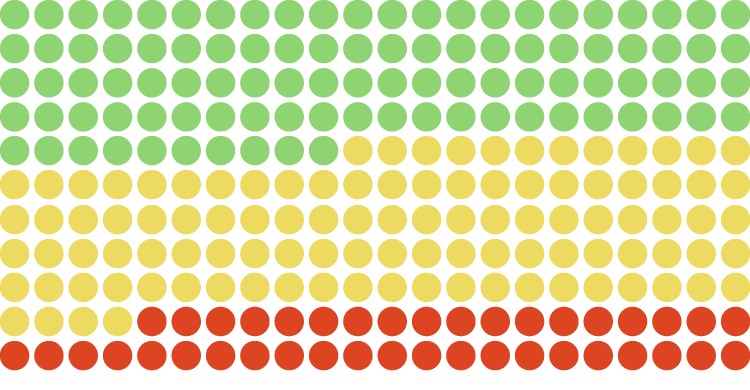From Richard DuFour and Rebecca DuFour:
At a recent PLC at WorkTM Institute that included over 1,500 educators representing 14 states, it became evident that ability grouping for homeroom placement and/or core content instruction remains a prevalent practice in many schools and districts. Students are divided into low, middle, and high groups (or tracks, levels, etc.) based on last year’s test scores and/or teacher recommendations. The institute faculty challenged this practice citing John Hattie’s research in Visible Learning, which concludes that ability grouping is a detrimental practice for students—one that ensures that some students will not learn at high levels. Ability grouping is clearly a practice that is misaligned with advancing the mission that PLC schools embrace—ensuring high levels of learning for all.
At least one team of elementary teachers at the institute was convinced that ability grouping was not in the best interest of students or teachers, not only because of the research but also because of their own experiences. They explained that ability grouping was an expected practice in their school and district. During the institute, members of this team interviewed different faculty members, read Hattie’s synthesis of the research, and asked for the name of a school to contact that could share a different approach to grouping students for instruction. We recommended they contact the educators at Mason Crest Elementary in Fairfax County, Virginia. Jennifer Deinhart, K–8 mathematics specialist at Mason Crest, provided the following timely response. Our hope is that schools of every level across the world will take Jennifer’s great insights to heart.
(This is a guest post by Jennifer Deinhart, K-8 Mathematics Specialist, Mason Crest Elementary School)
We spend a great deal of time thinking about how we group our students for instruction, and we are happy to answer your concerns about ability grouping.
When students are grouped by ability in different classrooms, there are several factors that can have a negative impact:
- Students in the struggling and middle groups will not have the vocal models and exposure to the rich talk of the higher-achieving students. These models often provide great examples of how to defend thinking around mathematical ideas and share processes and ideas that may connect better with students than the language of the teacher alone.
- While the intent of structuring classrooms according to ability may be to create a pace that is more manageable for students, more often expectations are lowered and the work is overscaffolded. Students learn best when there is a balance of struggle and support. It is important that all students are held to high expectations (the end goals are all the same right?) and that they have opportunities to problem solve through mistakes with guidance such as questioning from the teacher.
- Make no mistake, students will know what group they are placed in, regardless of how it is communicated or how “disguised” the levels are. This often leads to the self-fulfilling prophecy that they are not good enough to handle rigorous learning experiences.
So if grouping classrooms in this way can have such a negative impact, here are a few ways that we try to meet the various needs of our learners in heterogeneous classrooms:
- Consider flexibly grouping students for guided instruction that changes based on common formative assessment data from unit tests, performance tasks, and exit tickets. In this way, you will be setting up your guided instruction in your math workshop much like you would in guided reading. Students change as they show mastery of concepts.
- Alternate grouping in the classroom between homogeneous groups and heterogeneous groups. Children with different levels of ability can often partner to tackle a problem, task, or game.
- We use differentiation techniques such as tiered tasks. These tasks cover the exact same objective, but start at a level that is either on grade level or below, and gradually increase in number and rigor to the grade-level standard and beyond. Students move through the tasks at their own pace, but since they are so similar, a teacher can manage instruction with a group of students in various places.
- Create opportunities for spiraling back to objectives when students need extra time and support. This is when looking at the data from your formative assessments can really drive how you structure your math workshop to include both current and review topics.
I hope this information is helpful. Here is a link to an article that serves as evidence to what I am sharing here.
Best of luck!
[author_bio id=”324″]
[author_bio id=”330″]






